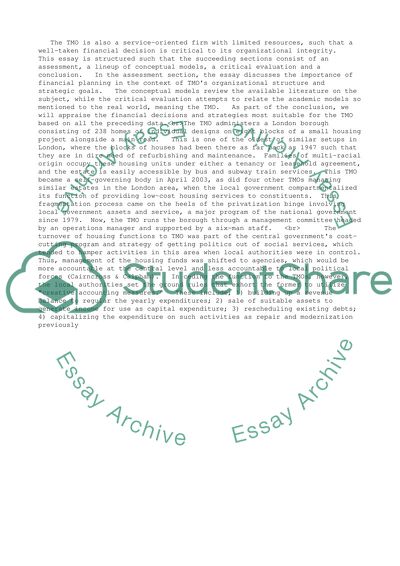Cite this document
(The Nature and Role of Strategic Financial Management in an Organization Essay Example | Topics and Well Written Essays - 3500 words, n.d.)
The Nature and Role of Strategic Financial Management in an Organization Essay Example | Topics and Well Written Essays - 3500 words. https://studentshare.org/business/1506192-the-nature-and-role-of-strategic-financial-management-in-an-organization
The Nature and Role of Strategic Financial Management in an Organization Essay Example | Topics and Well Written Essays - 3500 words. https://studentshare.org/business/1506192-the-nature-and-role-of-strategic-financial-management-in-an-organization
(The Nature and Role of Strategic Financial Management in an Organization Essay Example | Topics and Well Written Essays - 3500 Words)
The Nature and Role of Strategic Financial Management in an Organization Essay Example | Topics and Well Written Essays - 3500 Words. https://studentshare.org/business/1506192-the-nature-and-role-of-strategic-financial-management-in-an-organization.
The Nature and Role of Strategic Financial Management in an Organization Essay Example | Topics and Well Written Essays - 3500 Words. https://studentshare.org/business/1506192-the-nature-and-role-of-strategic-financial-management-in-an-organization.
“The Nature and Role of Strategic Financial Management in an Organization Essay Example | Topics and Well Written Essays - 3500 Words”. https://studentshare.org/business/1506192-the-nature-and-role-of-strategic-financial-management-in-an-organization.


